Baking gluten free bread is not at all difficult, and you can make absolutely beautiful gluten free sandwich loaves, boules, rolls, pizza crust, bagels, naan, sweet buns, and more! The trick is to use the right ingredients, equipment, recipe, and method. The wrong recipe, or even a single wrong ingredient, however, can totally ruin a loaf of bread. How, then, do you know what the right things are?
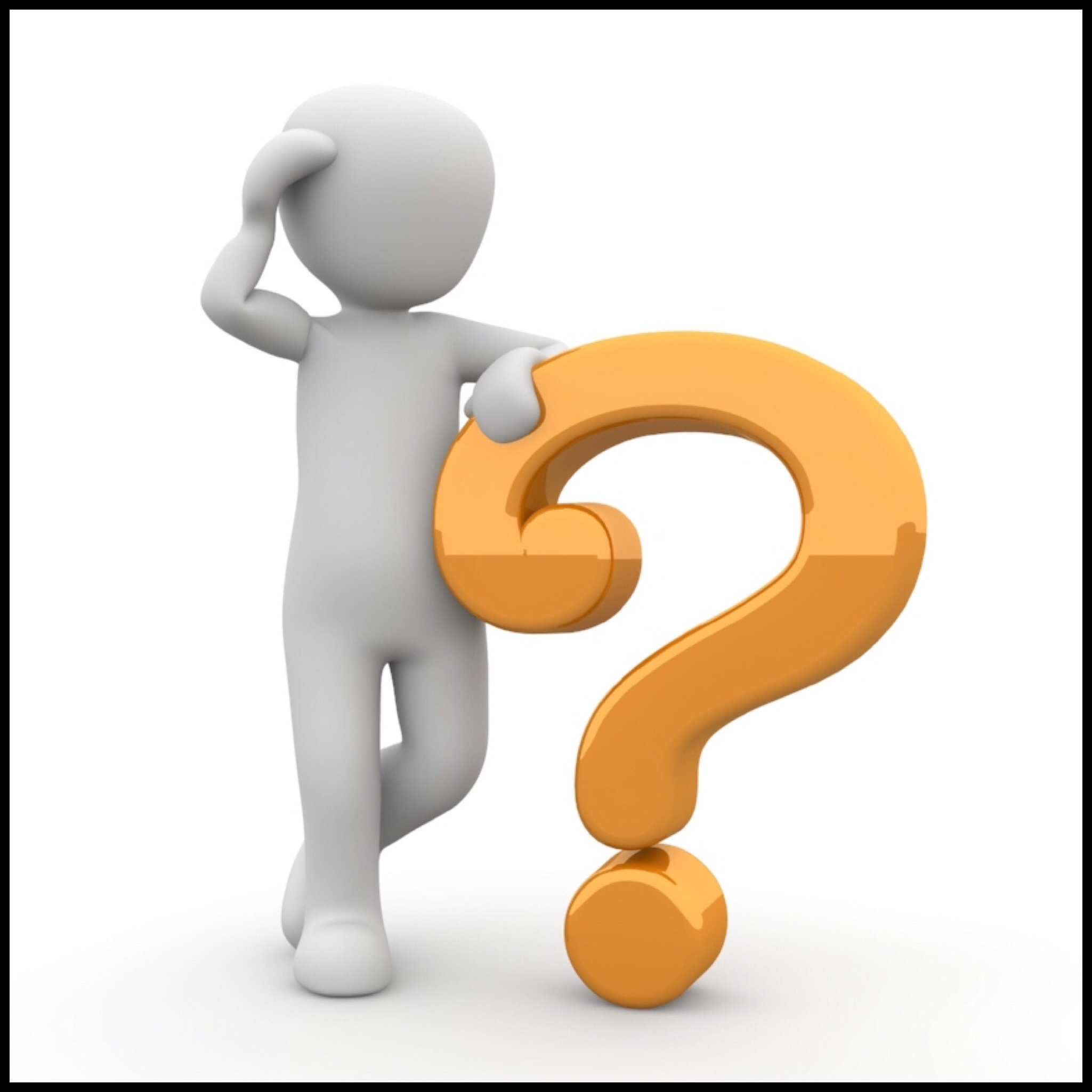
That’s exactly what I’ve spent the past six-and-a-half years figuring out, and I’m now ready to show you step-by-step exactly how to make all kinds of amazing gluten free bread! (I’ve posted several bread recipes in the past, but have made a few advancements since then, so will be posting updated versions of those soon.) Here are just a few of the bread recipes I’m going to be sharing:
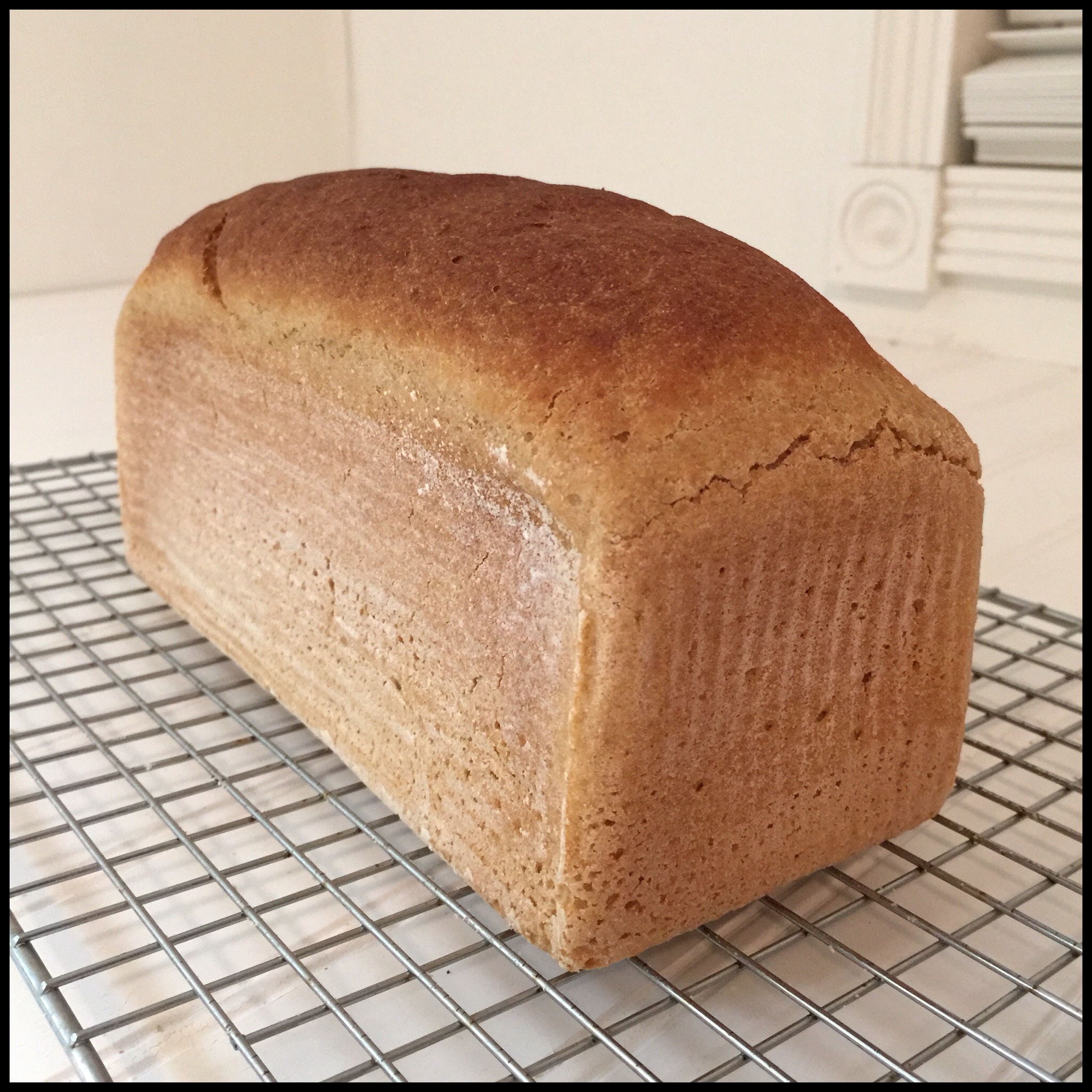
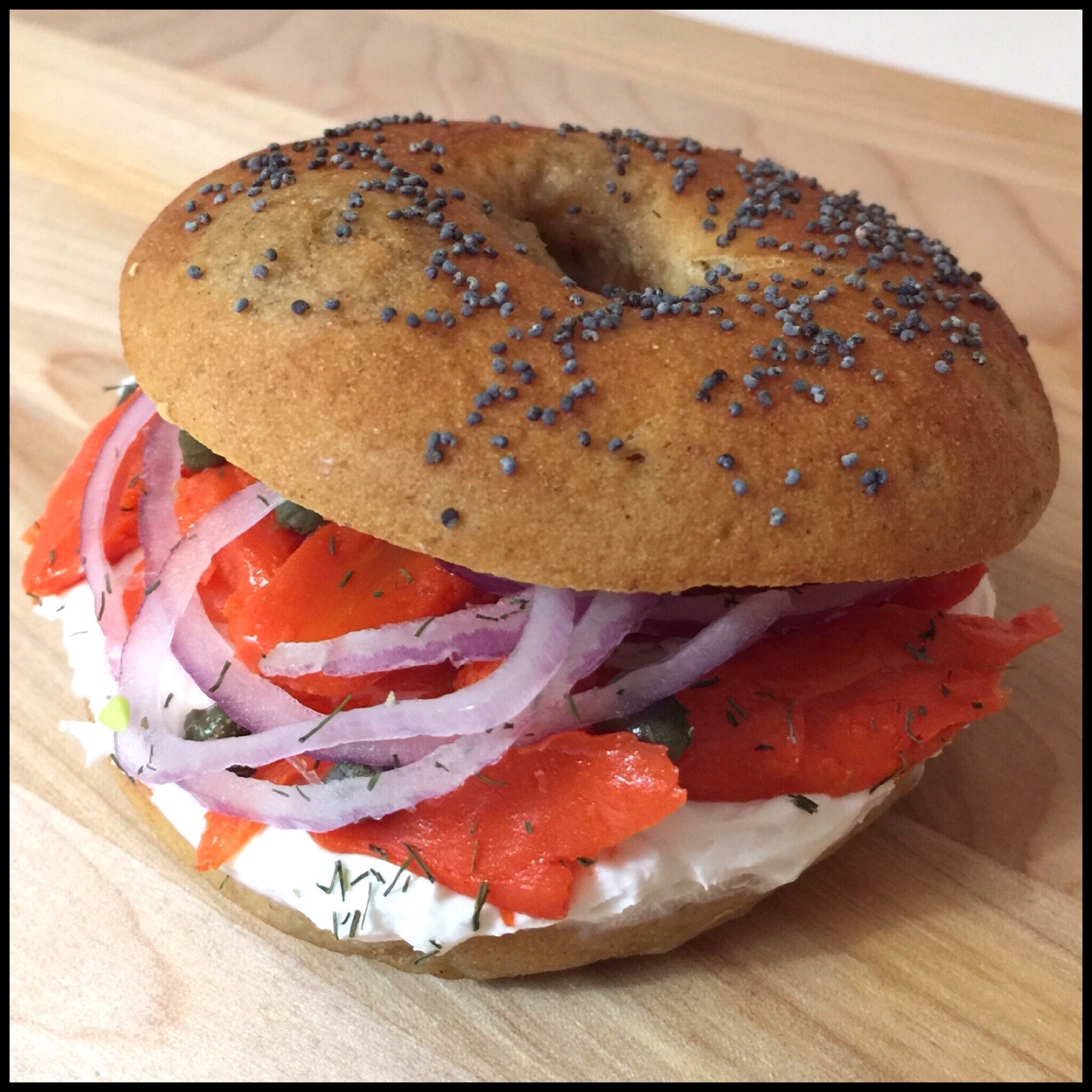
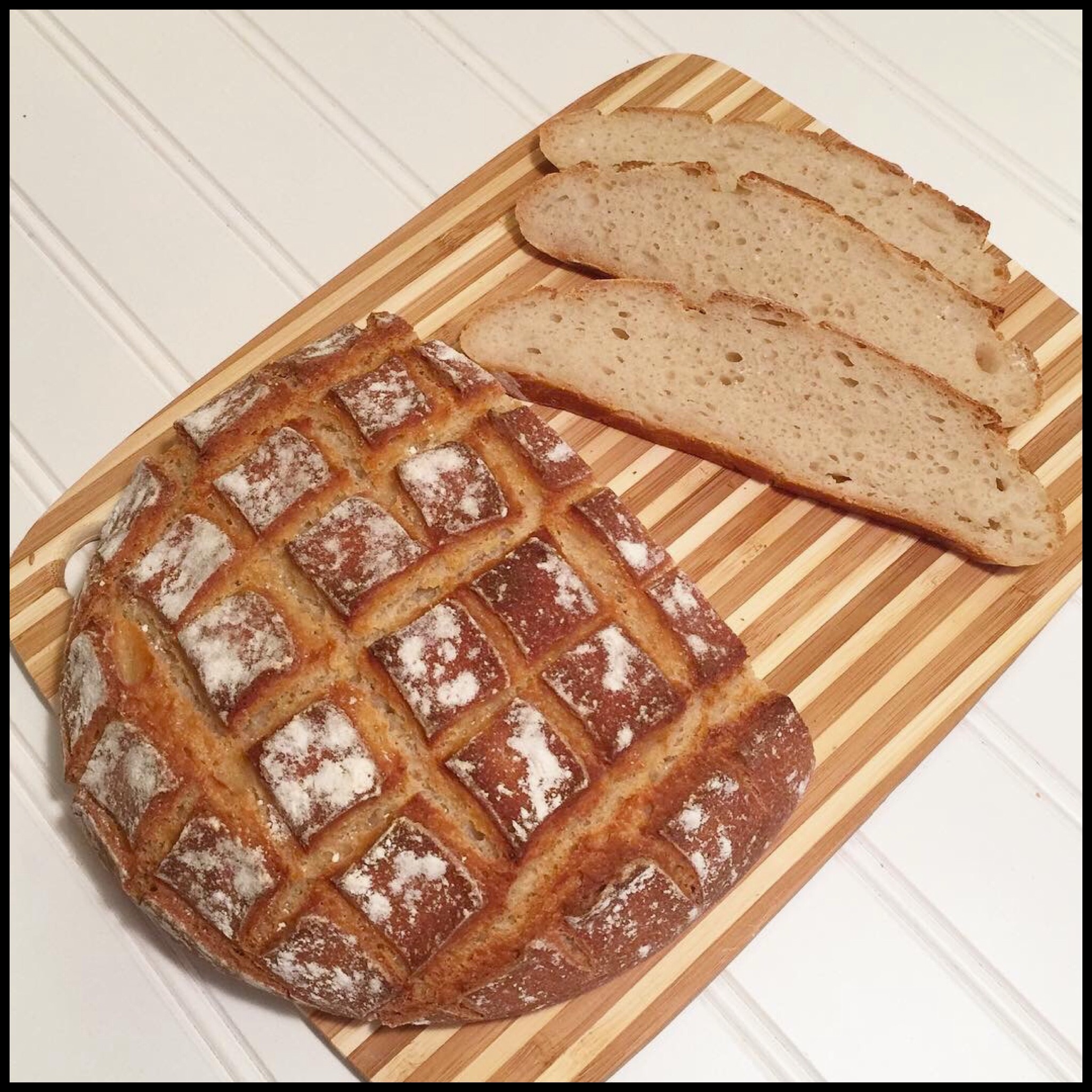
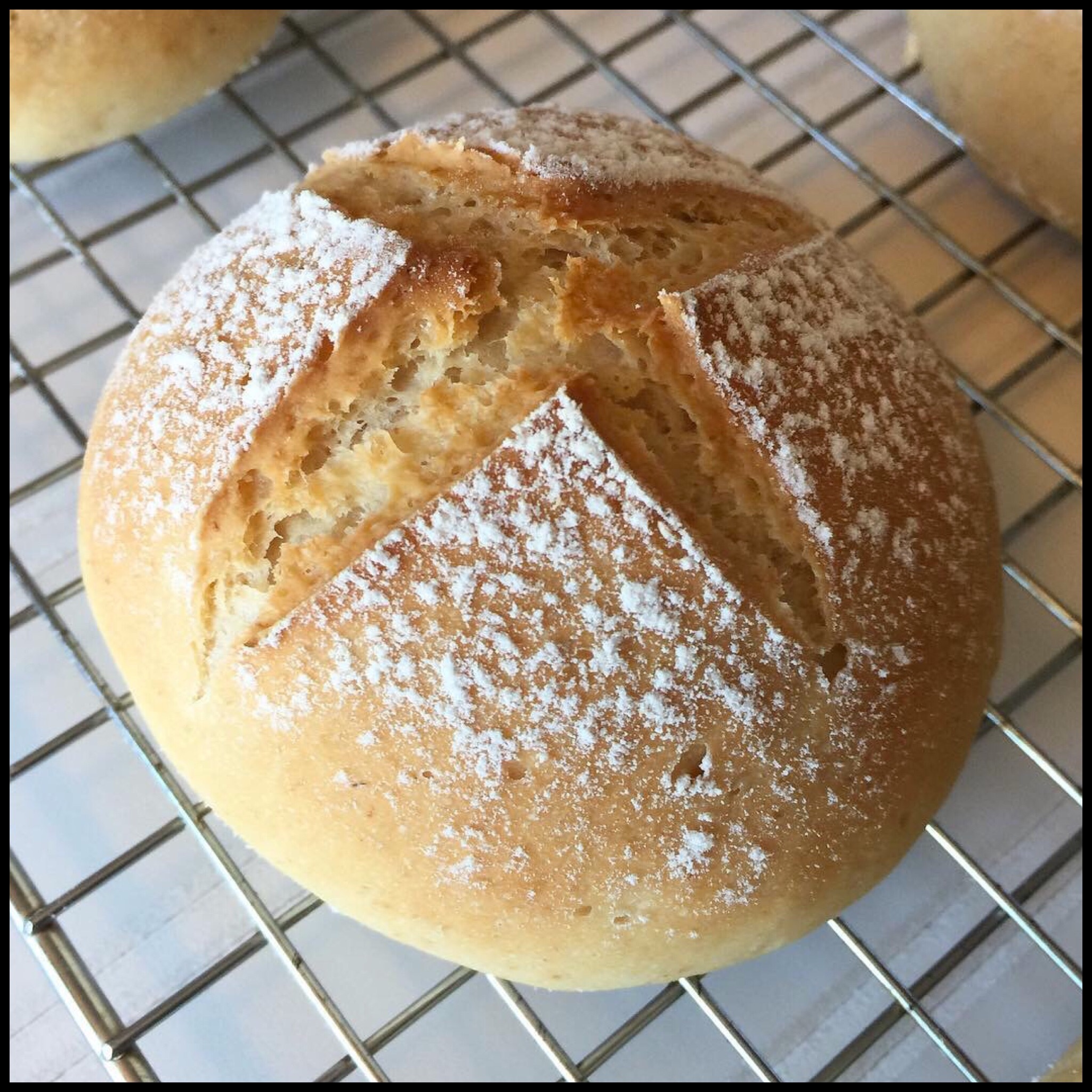

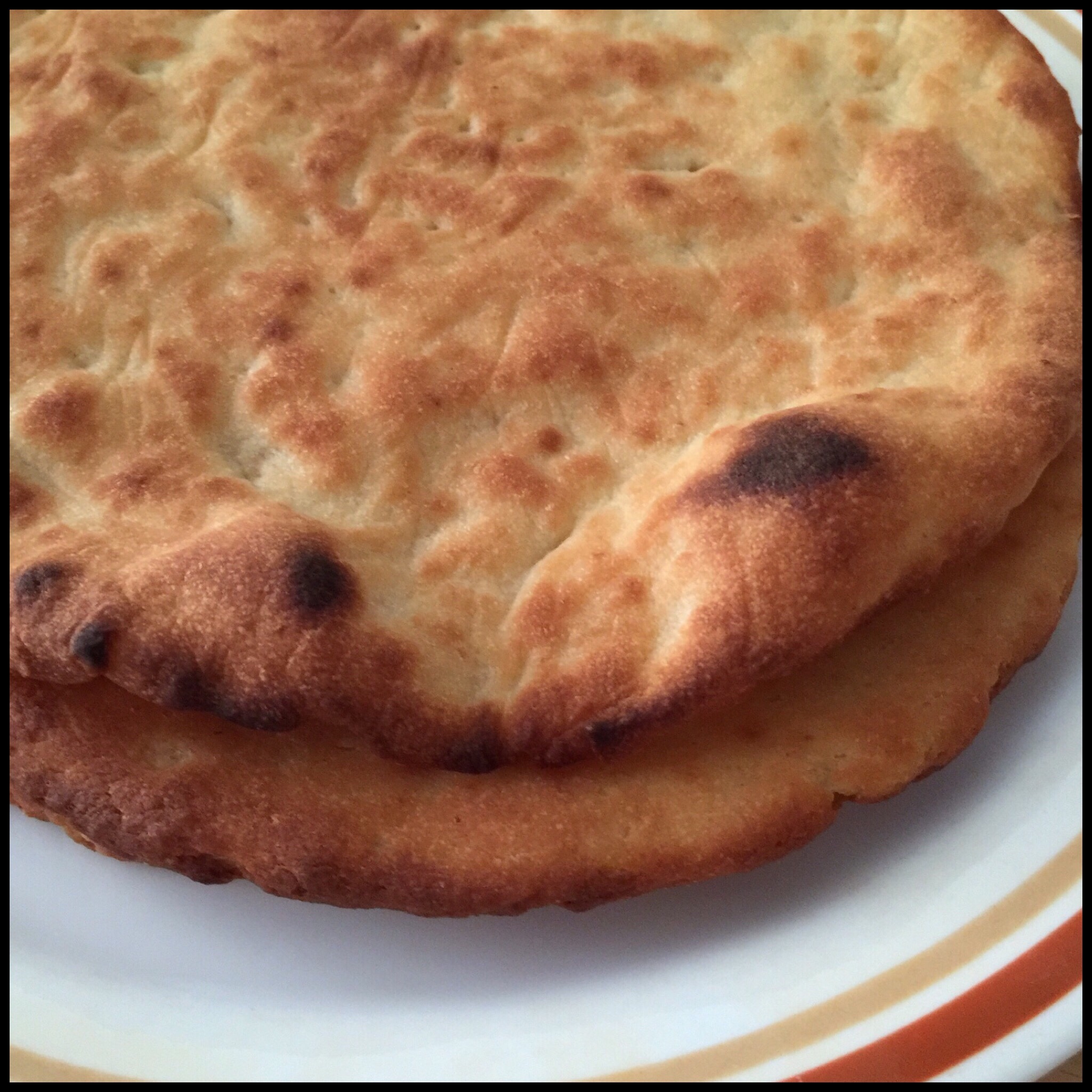
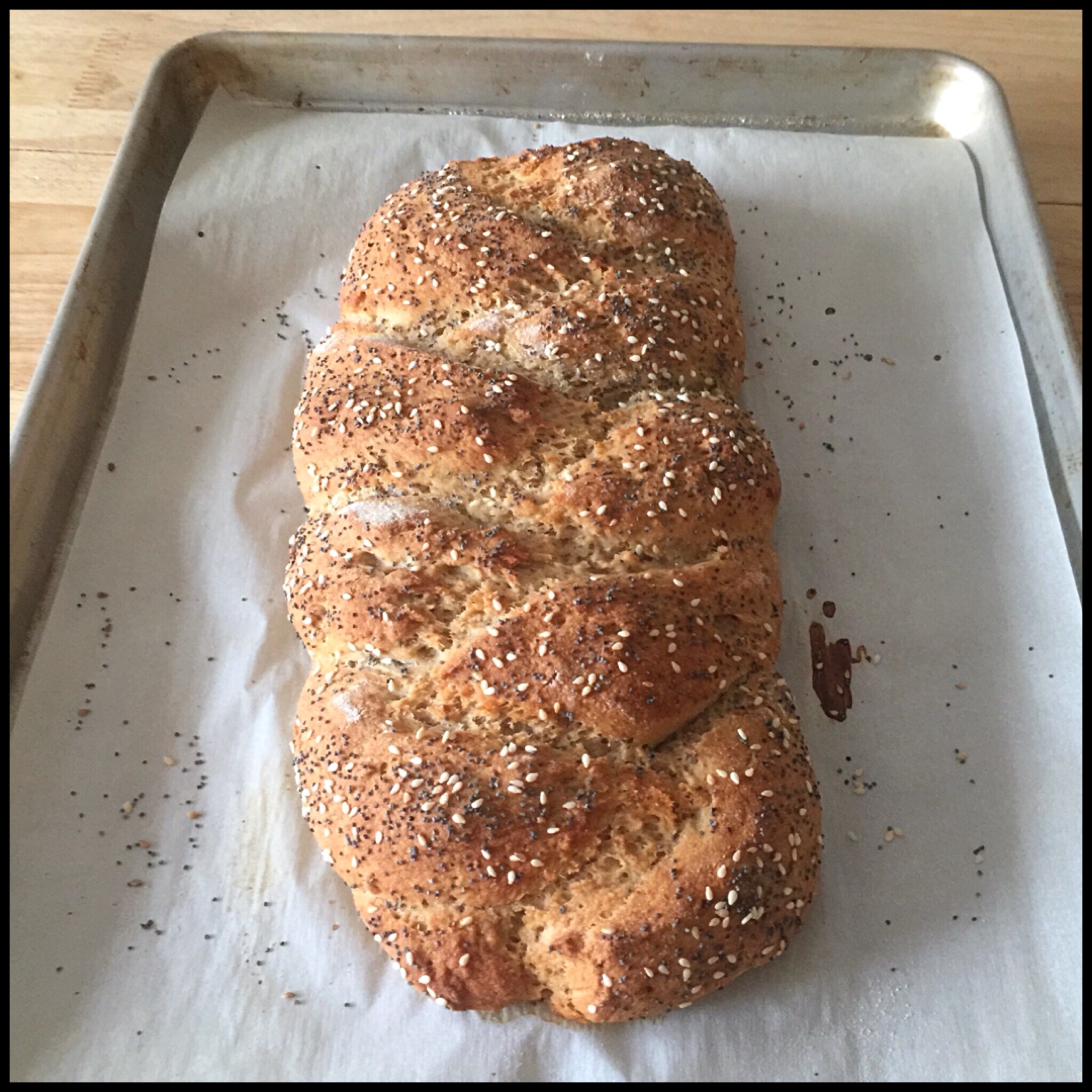
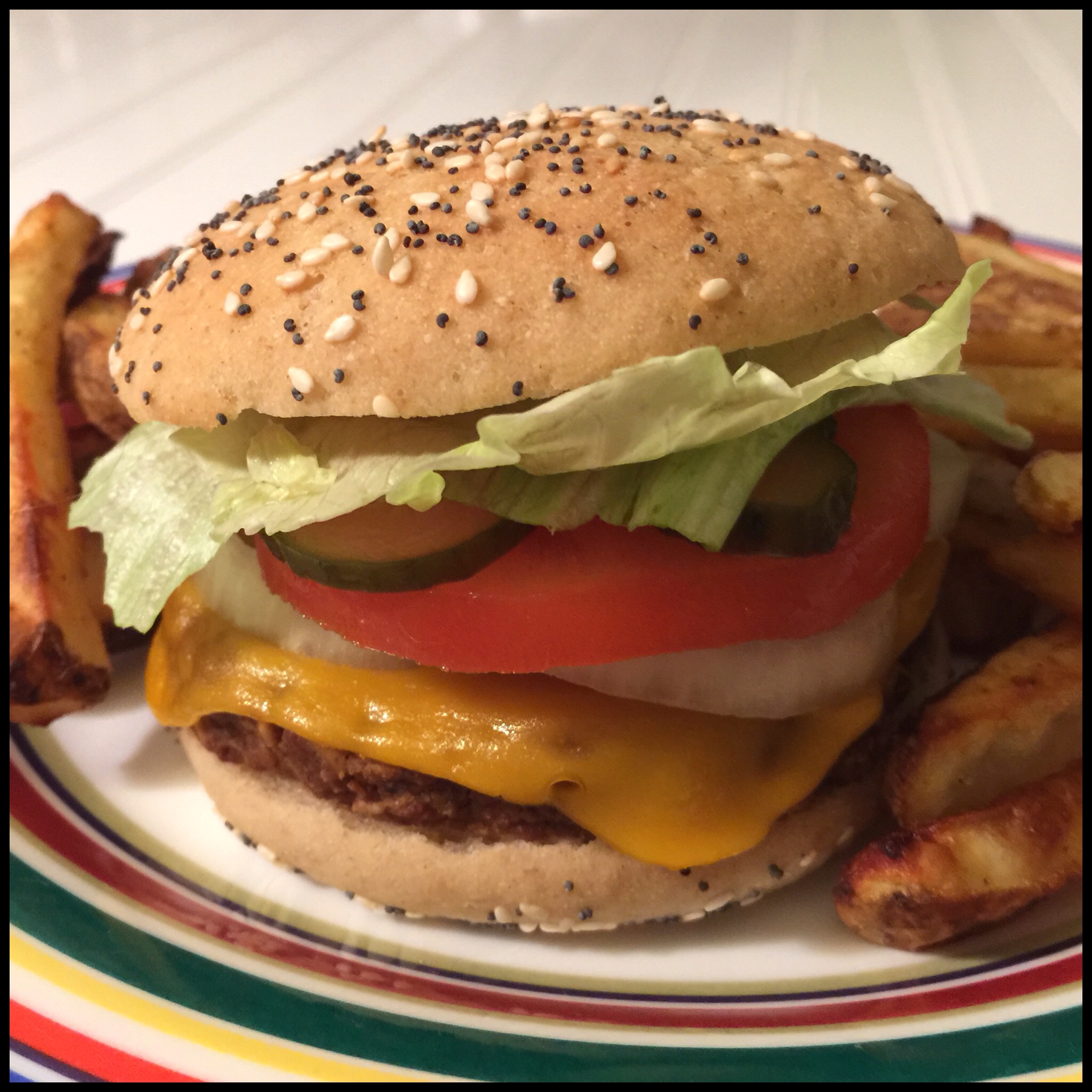
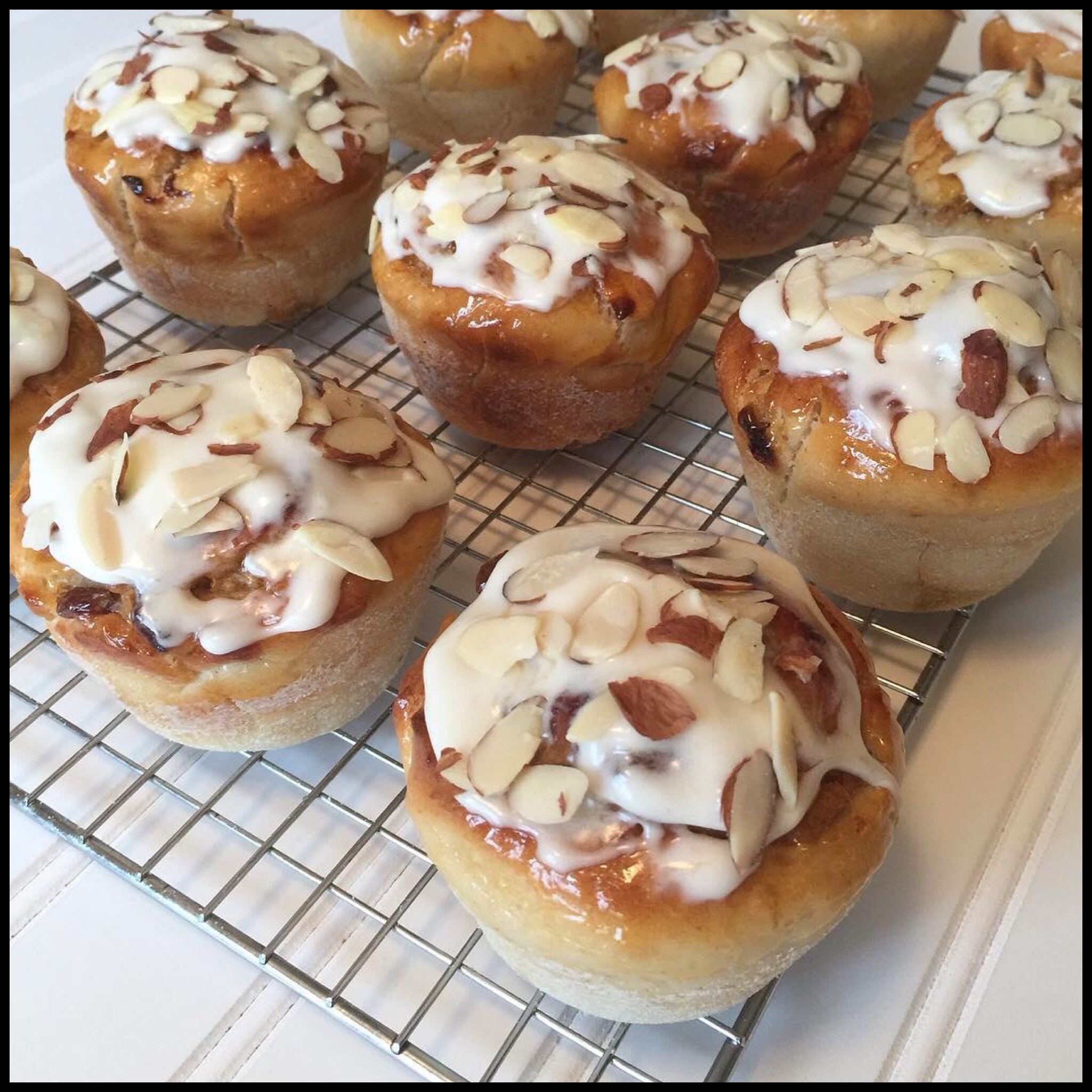
How did I figure out how to make all of these lovely gluten free breads? There is an art to making beautiful bread, of course, but baking itself is really just chemistry. So, I experimented in a scientific way and kept detailed notes. This meant isolating one ingredient at a time and putting it to the test. For example, I wanted to find the optimal amount of sugar in my basic sandwich roll recipe. I looked at six different amounts at one time because that controlled for the room temperature, humidity, timing, oven temperature, etc. I weighed my ingredients and all six rolls had the same environmental conditions, so I knew that the amount of sugar was the only difference between them. The amount of sugar increased from none in roll one to 37.5 grams (3 TBS) in roll six. (That being the amount of sugar in a full recipe and not in just one roll!)
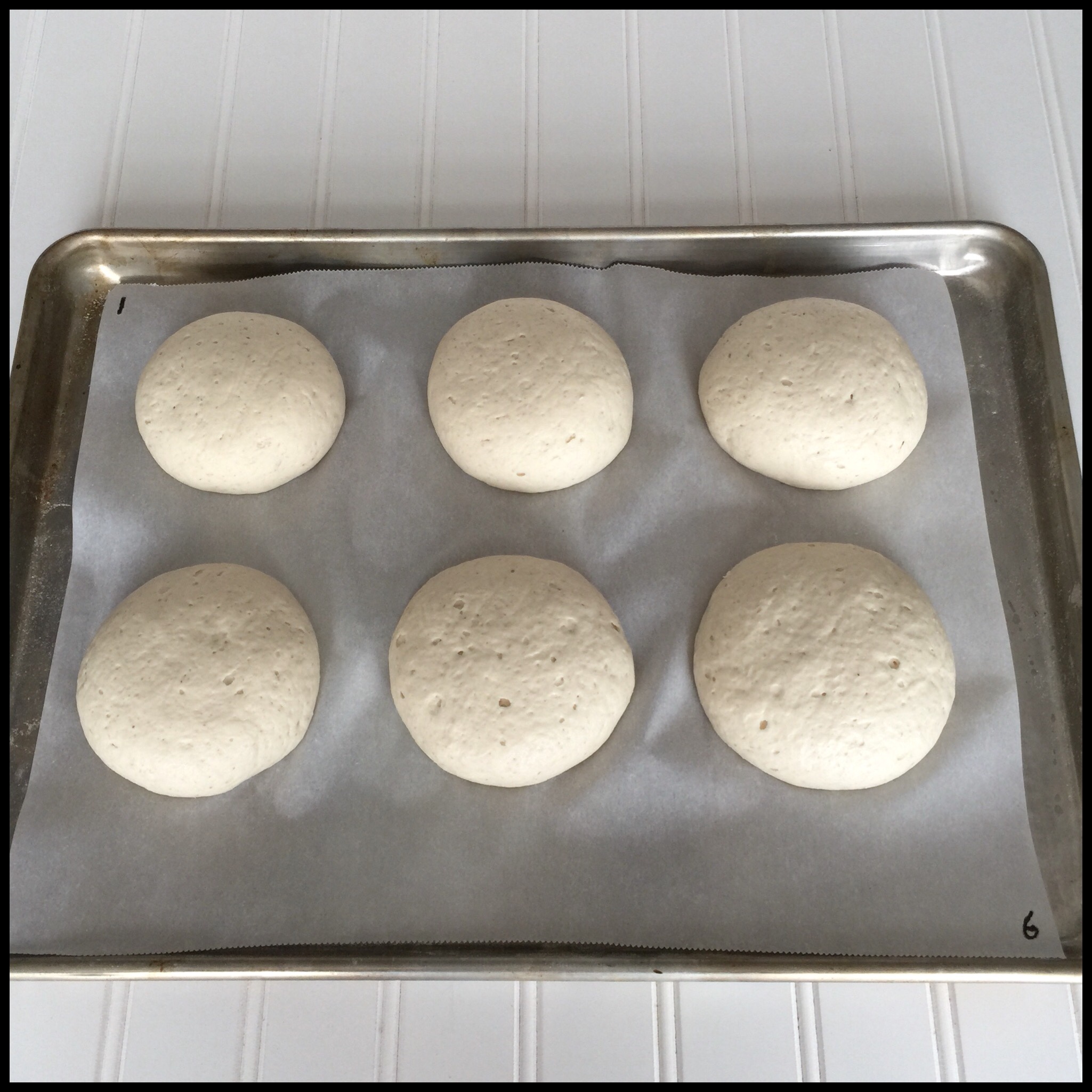
The dough with no sugar didn’t have enough food to feed the yeast, so it couldn’t rise properly and it also didn’t brown enough. The rolls with the most sugar rose and browned well but were too sweet. Roll four (22.5 grams) was almost perfect but needed just a bit more sweetness so I retested with a more narrow range and 25 grams ended up being the best.

I looked at each ingredient using this method, and usually had to repeat the tests several times. Optimizing the amount of one ingredient would shift the recipe so that another ingredient needed to be retested. For example, sugar acts as a liquid once it is dissolved and that can affect the water amount. So, in this case, I next retested the amount of water in my roll recipe.
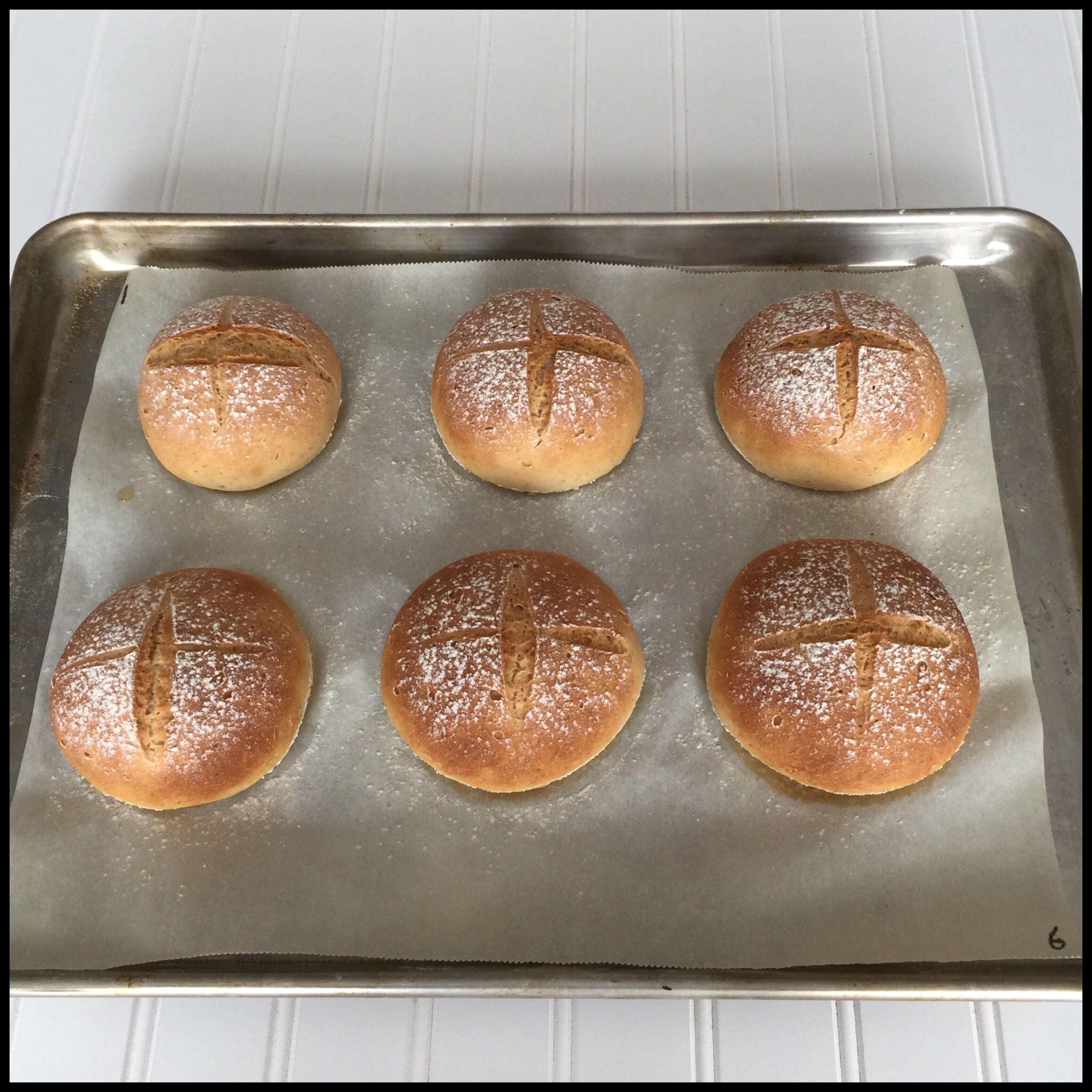
The dough on the top left (360 grams of water) was too dry and couldn’t rise properly. The dough on the bottom right (410 grams) was too wet and the roll came out damp inside. I tried the rolls both fresh and toasted, and number three (380 grams) ended up as the winner of this round of testing. Just this one recipe required about 20 rounds of testing to perfect. In addition to looking at the amount of each ingredient, I also tested different ingredients such as Earth Balance vs oil (use Earth Balance) and seltzer water vs plain water (use seltzer), and quick yeast vs active dry yeast (no difference.)
Since being diagnosed with celiac disease, I have spent many thousands of hours learning and experimenting with gluten free baking. As a pastry chef, I had pretty high standards but was eventually able to create recipes that I liked. Then, three years ago I went vegan. At first, I thought I would never be able to eat bread again as most gluten free bread recipes call for eggs. However, being vegan was actually the key to making the best gluten free breads!
Eggs are not very helpful in making great gluten free bread. They do provide structure, but they are also quite drying and make for an over-firm and crumbly loaf. Most wheat flour bread recipes do not include eggs. The few that do usually use an enriched dough that also includes a good amount of butter that balances out the drying effect of the eggs. Using that much butter in gluten free bread, however, just creates an oily mess. So, you need a substitute for eggs.
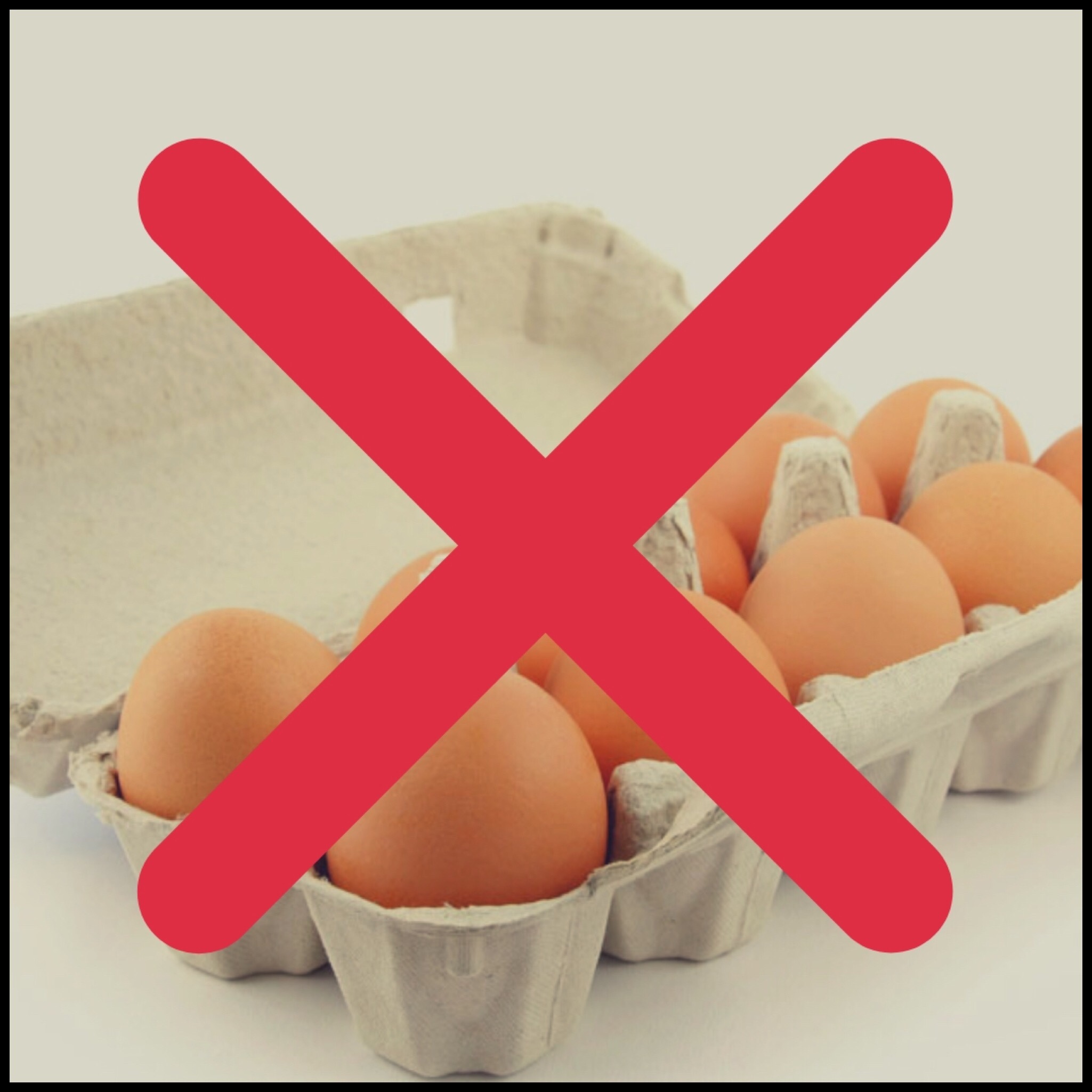
I tried all of the commercially available egg replacements plus all the hacks you can find online, like flax, chia, and applesauce. None of them worked properly, so I spent hundreds more hours developing my own. The Plant Based Egg was the result, and it works beautifully as an egg substitute in wheat flour recipes and in some of my older gluten free recipes too.
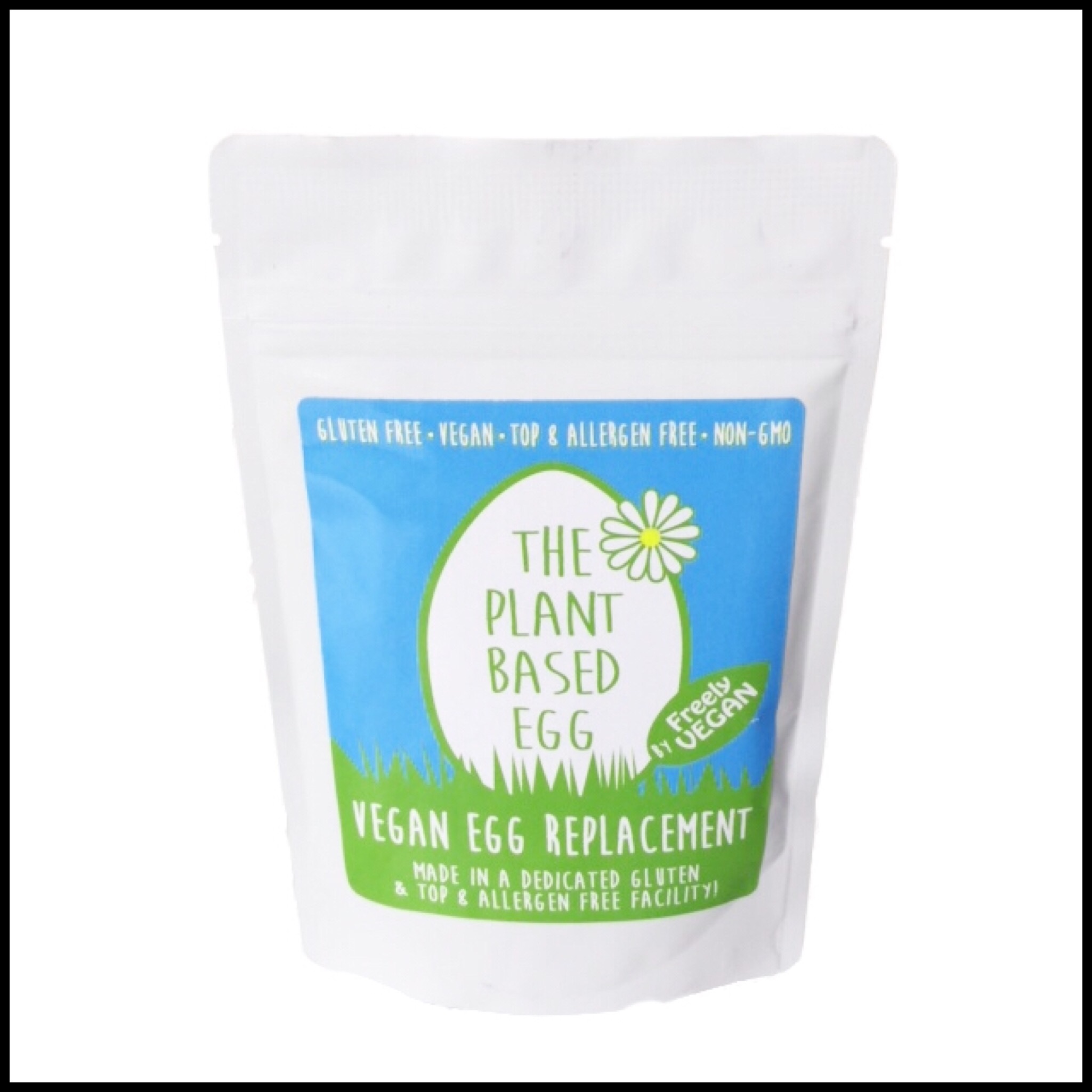
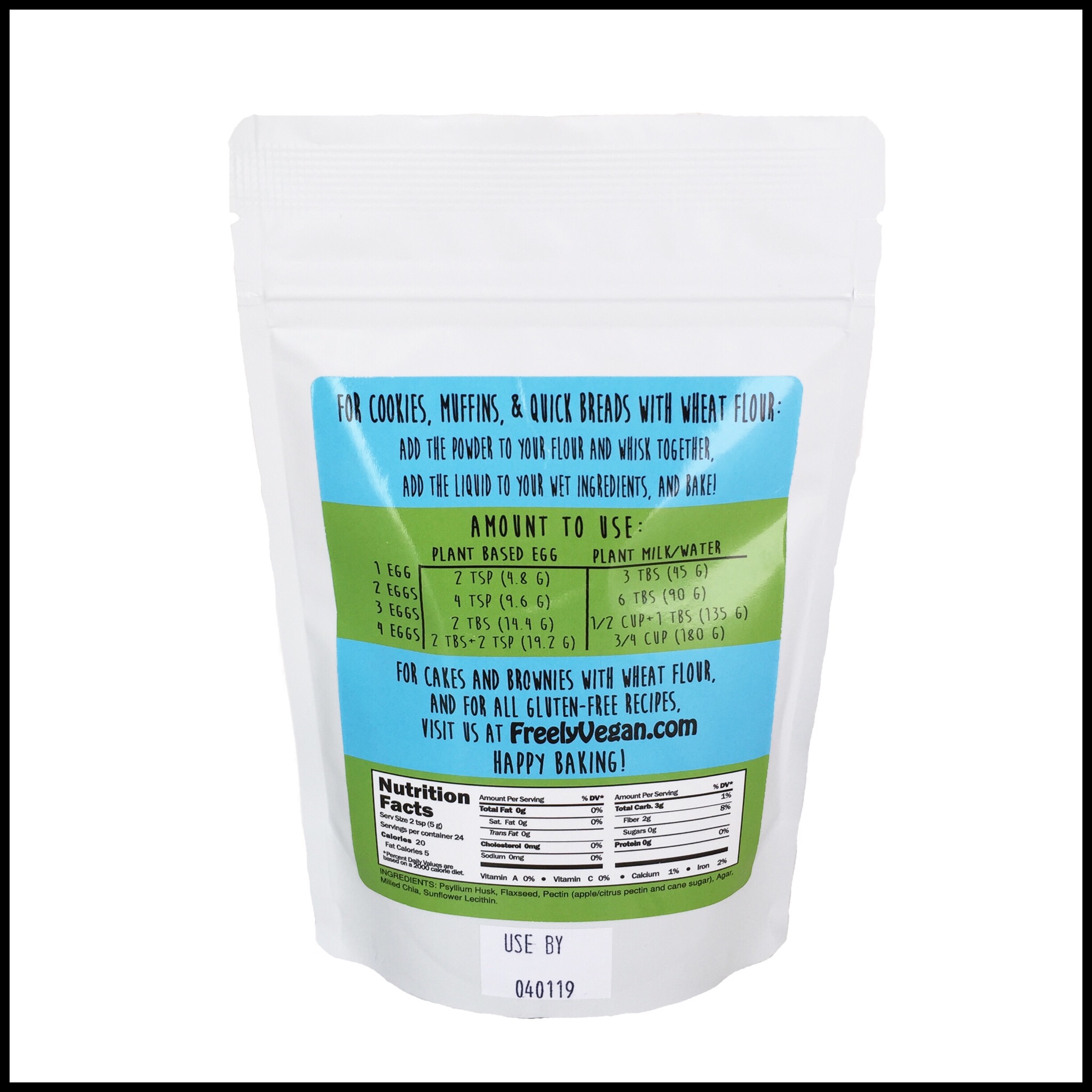
However, my gluten free cakes, muffins, and breads were still a bit too dense and gummy. The gumminess was the clue, and I knew that I needed to take the gums out of my flour blends. Gums are not conducive to light and fluffy gluten free baking. Companies add them to gluten free flours in an attempt to substitute for gluten, but they are called gums for a reason. Xanthan and guar gums tend to make gluten free breads, muffins, and cakes gummy, dense, and too wet. I researched gum substitutes and realized that I possibly had a simple answer already sitting on my shelf. I tried using The Plant Based Egg to substitute for both gums and eggs and it was just the breakthrough I needed. Now, I could really bake again and have all of my recipes turn out right!
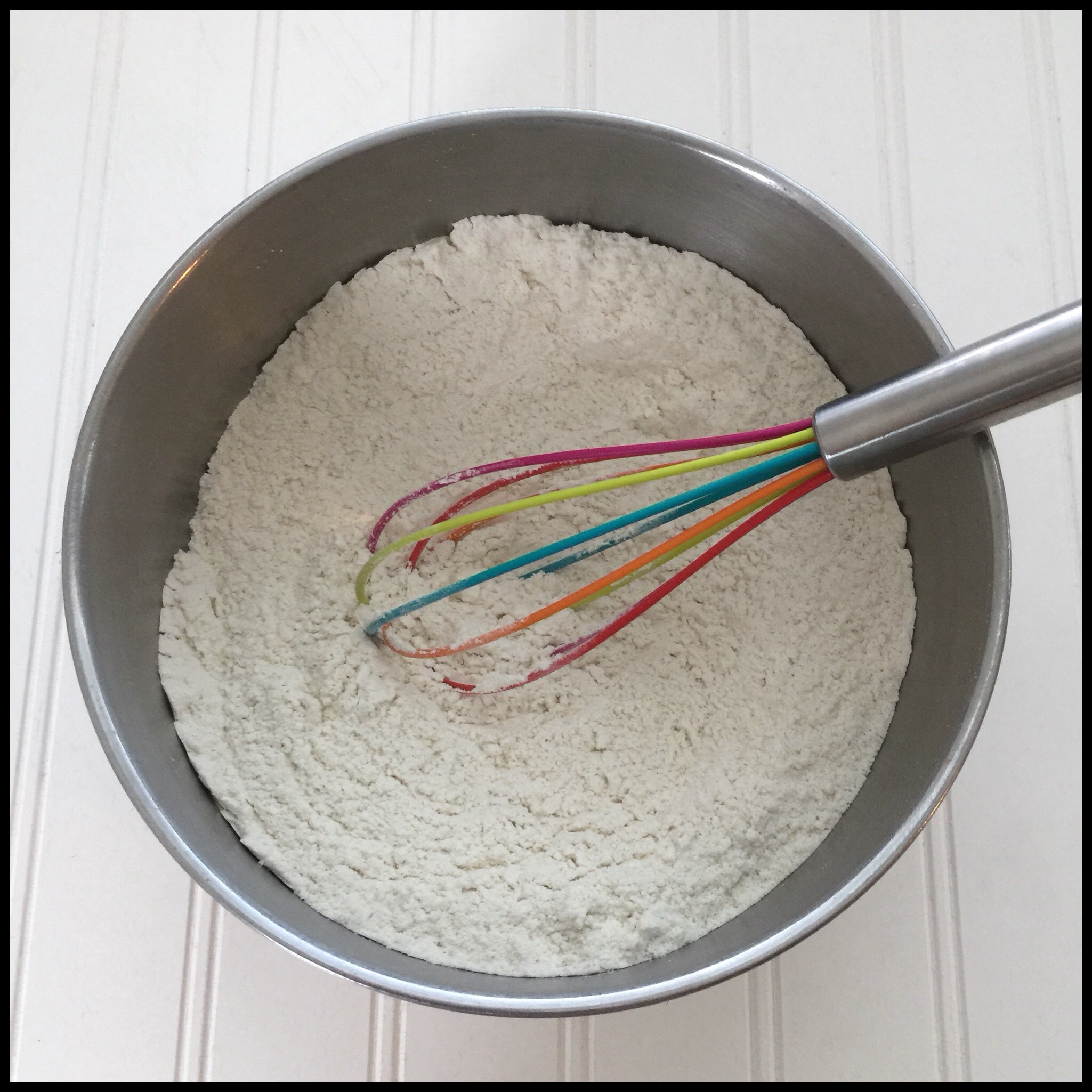
Update on flour: You can now get Freely Vegan All-Purpose Gluten Free Flour that already has The Plant Based Egg built in! I still really like the two-ingredient flour mentioned below, but this works even better and it is so convenient to be able to use it straight out of the bag! You can order the new flour from Amazon or Freely Vegan.
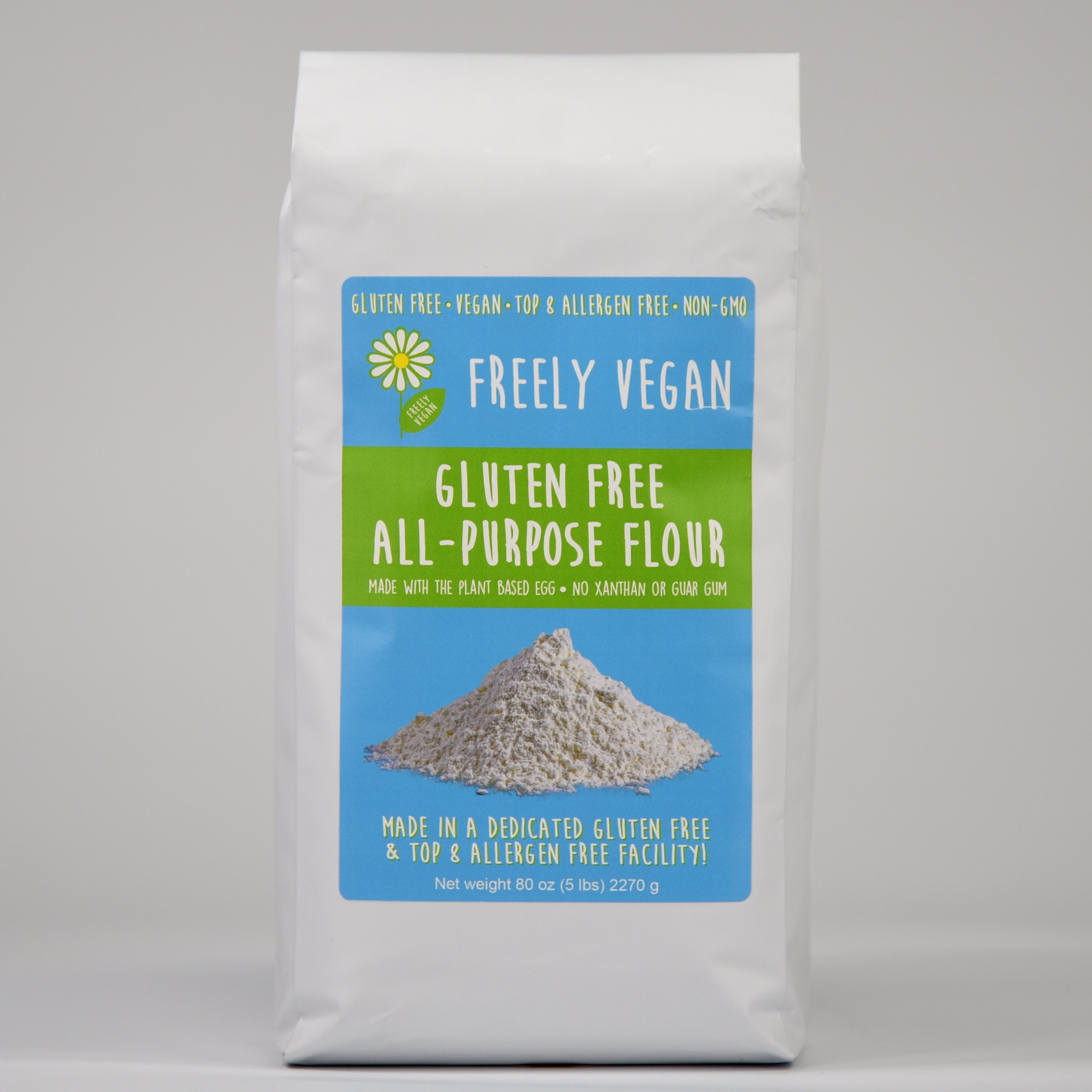
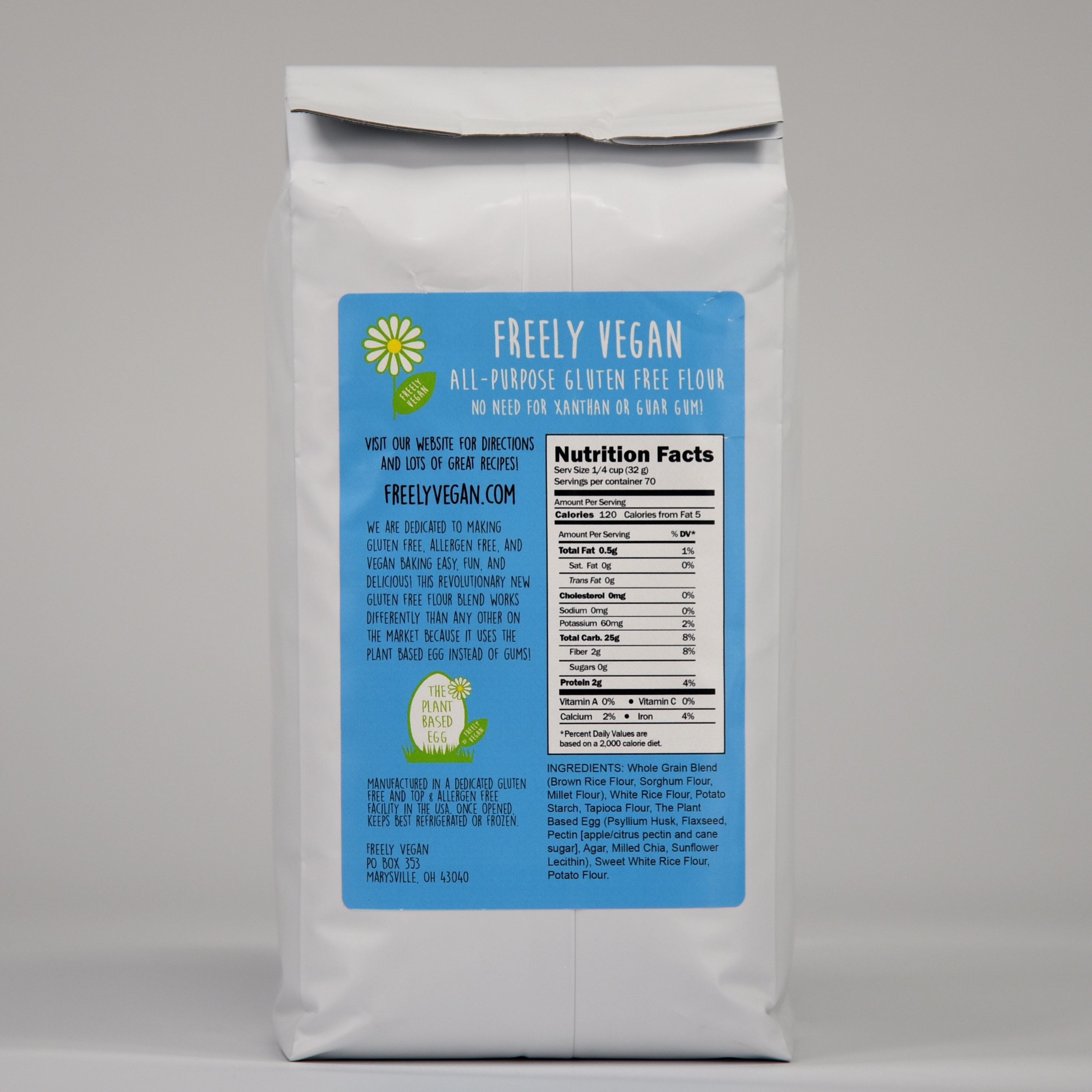
Older flour info: I adapted all of my DIY flour blends to take the gums out and have already shared many of them in my “16 Gluten Free Flour Blends That Really Work!” and “Fabulous Two-Ingredient Gluten Free Flour!” posts. You can use my two-ingredient flour blend in all of my bread recipes with good results: crunchy crusts, perfect browning, a great rise, and a light and fluffy inside! You only need two boxes of gum free Vitacost Gluten Free Multi-Blend Flour and one bag of The Plant Based Egg to make it:
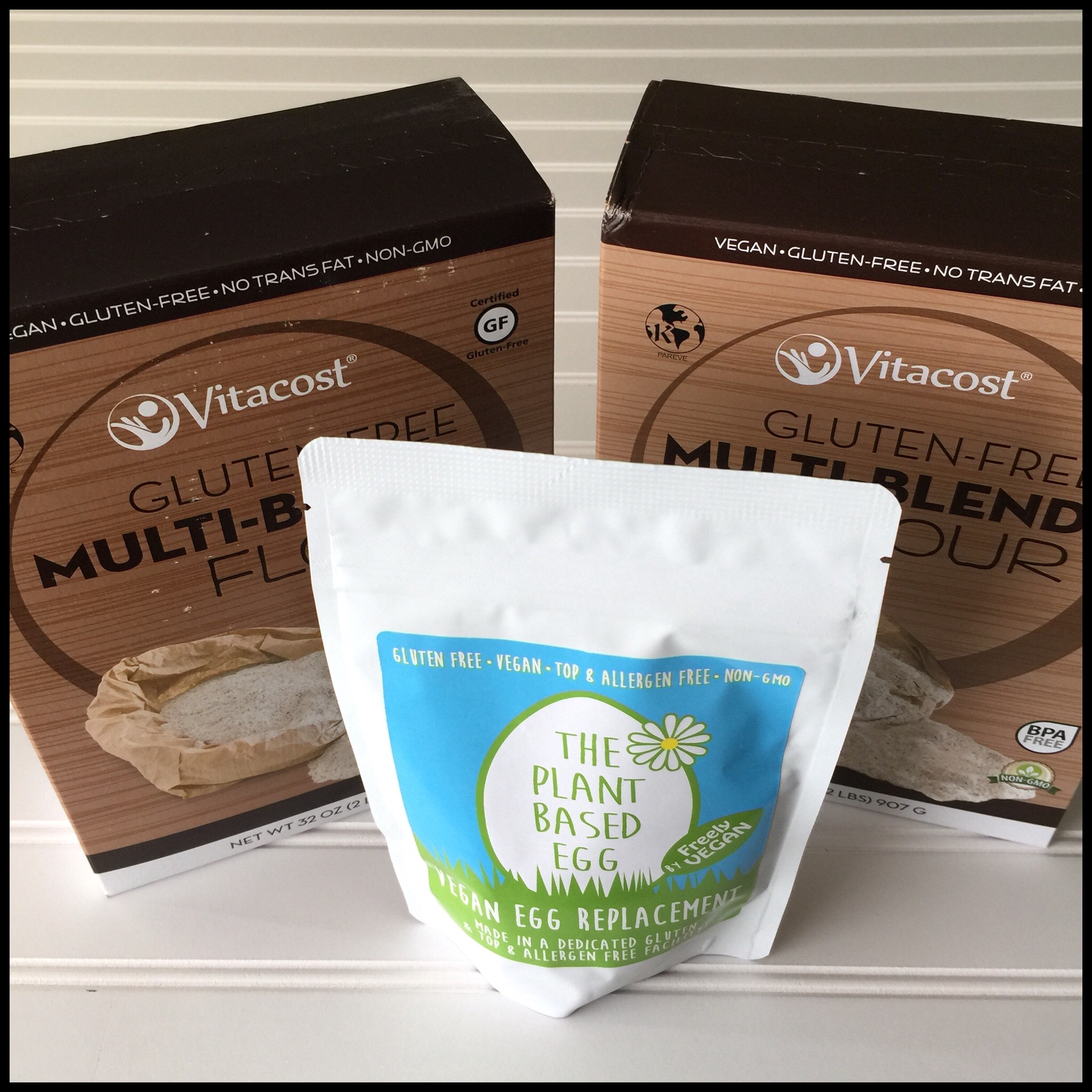
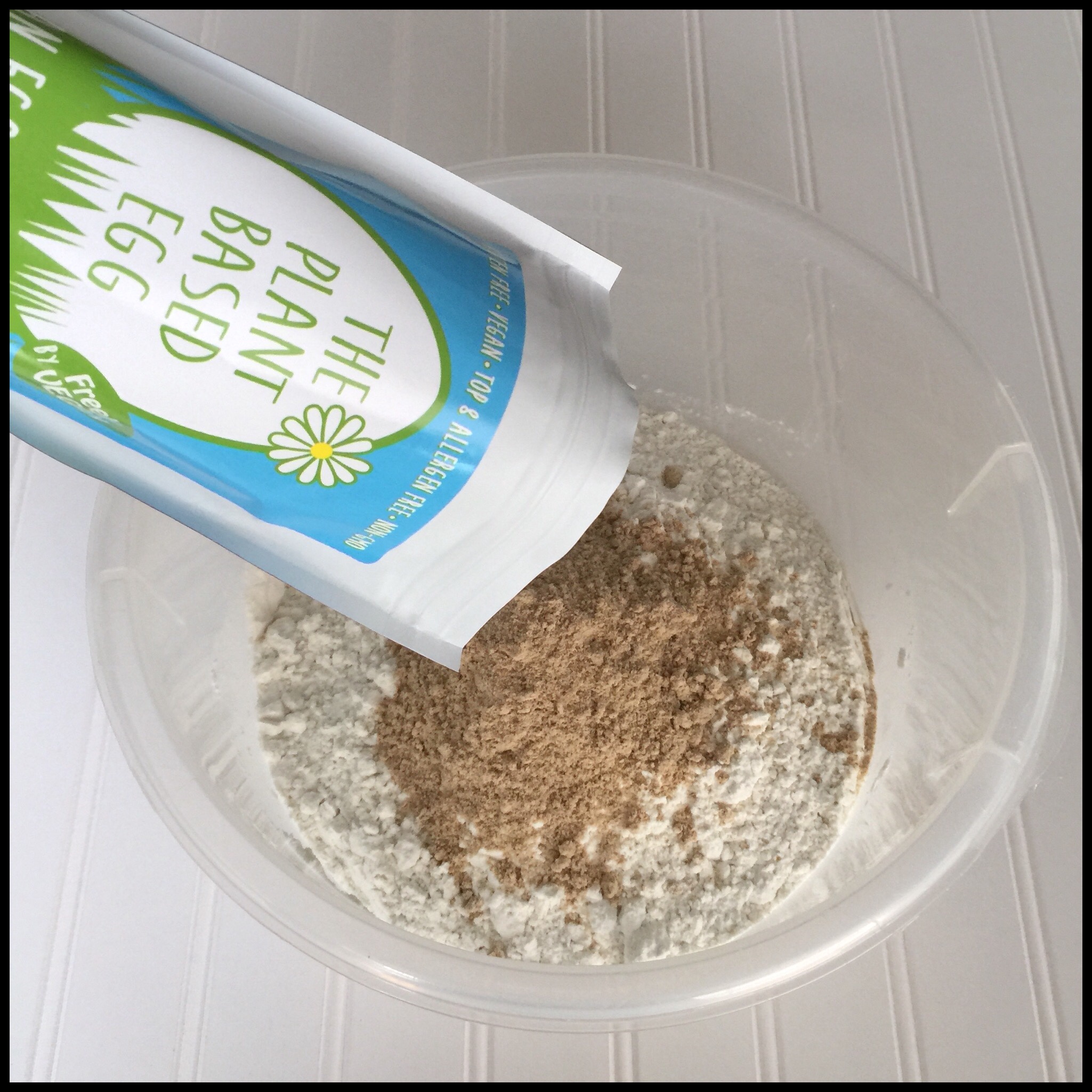
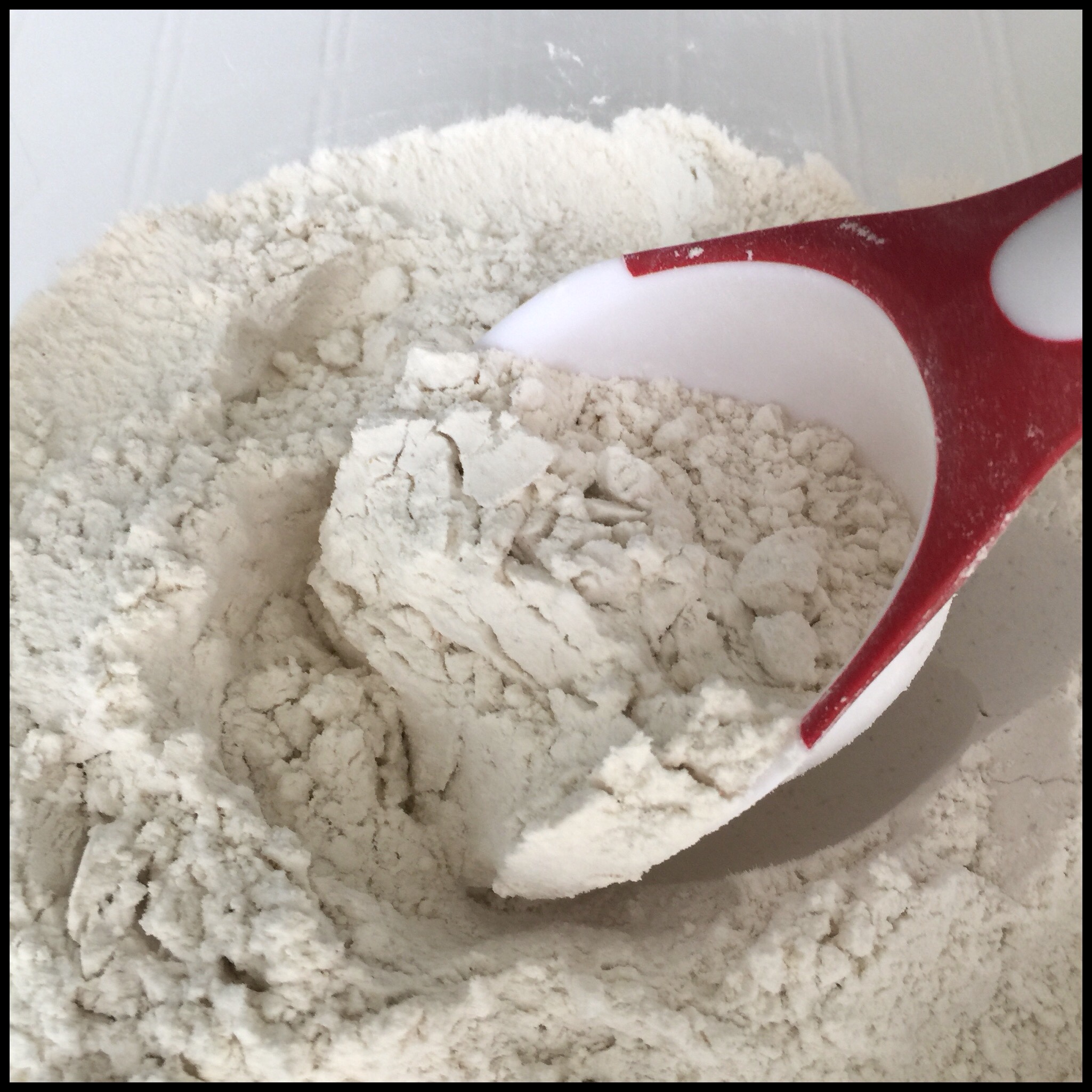
Now you have an idea of what it took to develop and perfect my recipes. In Part Two, I’ll cover the rest of the ingredients and the (minimal) essential equipment that you will need to make my bread recipes. In Part Three, I’ll cover the basic techniques and tips. Then, we’ll get to all of the recipes! Be sure to subscribe to Vegan Kitchen Magick so you don’t miss any of my upcoming gluten free bread posts!
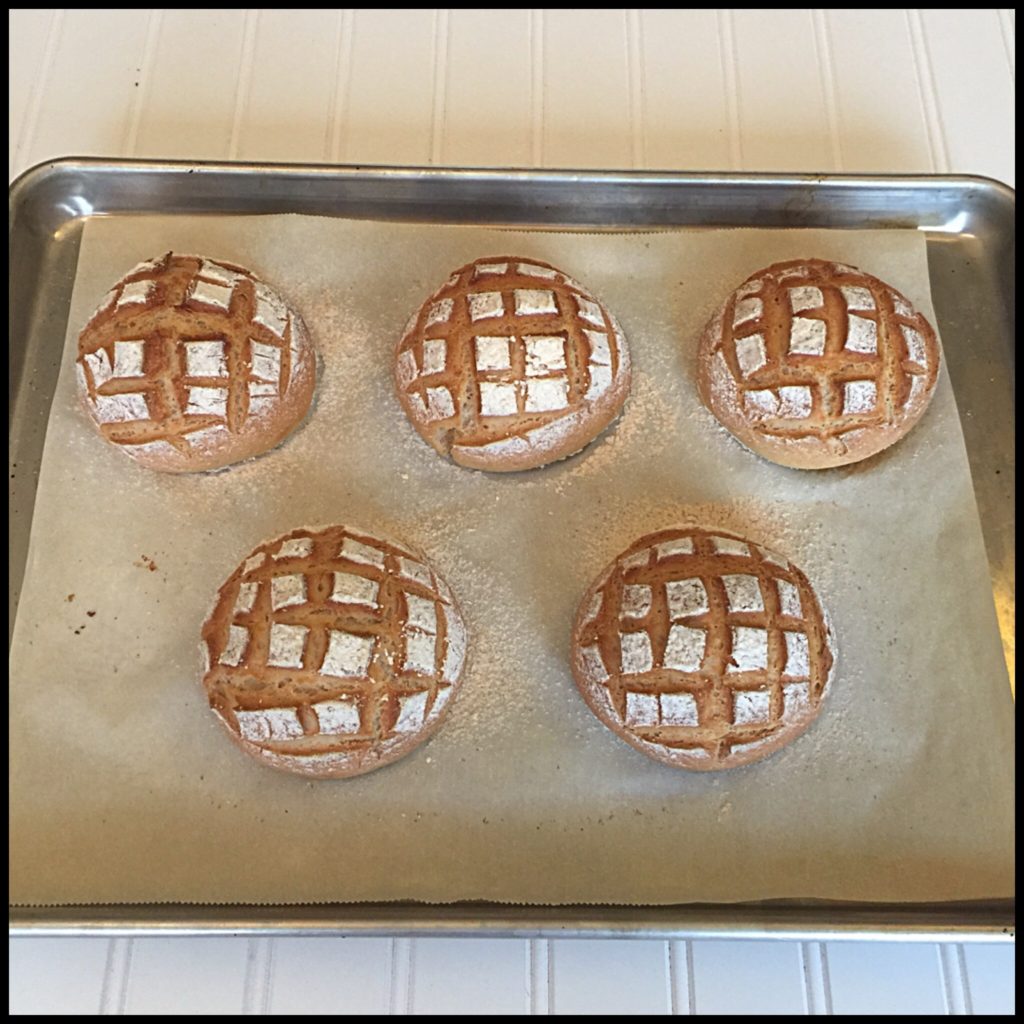
Do you have a book?
I don’t, but might consider a GF bread ebook in the future.
This is very interesting!
I would like to try this, the only thing is that I live in Colombia and I need to make my own mixes. Have you tried your own gf mix in this recipes?
Do you think that chia egg or even Aquafaba would work in this?
Thanks
Gaby
Hi Gaby! All of my bread recipes require flour made with The Plant Based Egg. Chia and aquafaba just won’t work right, but we are working on making it possible for international customers to order both The Plant Based Egg and our new flour blend!
I have found part 2 and have not been able to find part 3. Will it be available soon?
Very soon, and there are lots of new bread recipes coming up too!
Thank you so much. I will be looking forward to part 3 and the bread recipes!!
Can you replace plant based egg with real egg? How?
You cannot use eggs in this recipe, nor would you want to. Egg whites are very drying in gluten free baking and make your bread dry and crumbly. You just won’t get the same results without The Plant Based Egg.
I am curious about what kind of pan you baked your sandwich bread in.
My favorite bread pans are the 9” and 13” USA Pullman pans. I like the way the bread looks baked in a pan with straight sides and these always give excellent results. I included the links for these pans in the second paragraph of the post above.
After three years of attempting gluten free bread making, I was finally ready to give up. Searching gf blogs and trying the recipes has been expensive and frustrating. Suddenly, I found your site. I am excited to try your methods as you are the only chef that seems to have a sane approach. Maybe I can rid my overcrowded pantry of gf gums and gritty flours and at last make some breads that are not gummy or good for door stops. I’ll keep you posted on my progress. Thanks for boosting my confidence, because as an experienced baker, I was depressed with my previous attempts and failure in gluten free baking.
Hi Carol! I had to take a long break after hand and elbow surgery so I missed your comment before. I hope your bread baking has been going well and that you are feeling much more excited about gluten free baking!
I can’t wait to get your bagel and donut and naan recipes! I’ve gotten your egg replacement and made your gf flour recipe so I’m ready!🤗
Hi Amy! I had to take a long break after having much needed hand and elbow surgery. I am well now, though, and will get those recipes up soon!